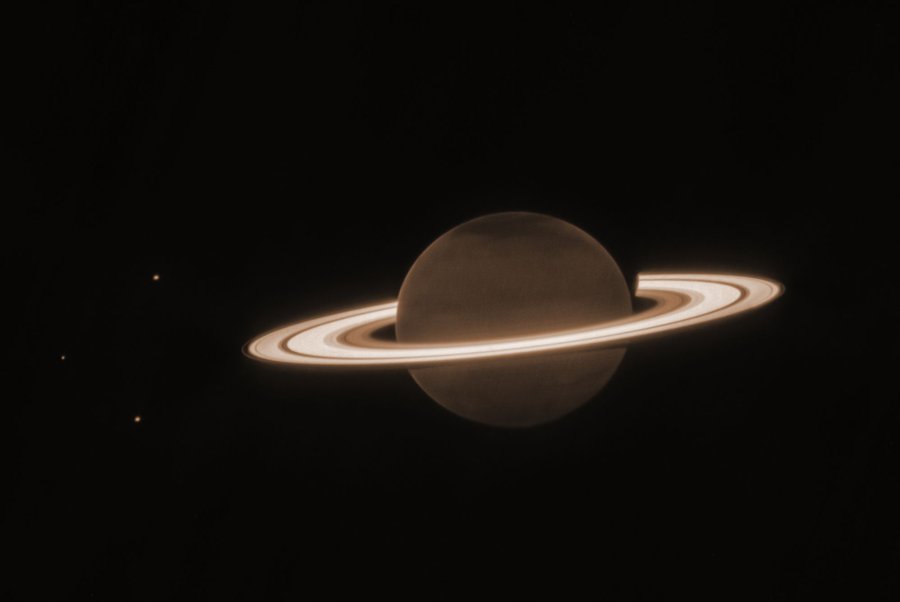Feb. 23 (UPI) — A shell of icy objects at the edge of the solar system known as the Oort cloud has a pair of spiral arms that resemble a miniature galaxy, new research suggests.
Until now, the shape of the cloud and how it is affected by forces beyond our solar system have not been largely understood. But the new research, published Feb. 16 at arXiv, says the cloud may look like a spiral disk, one of the key characteristics necessary to be called an independent galaxy. The work has not yet been peer-reviewed.
The Oort cloud was born out of remnants of the solar system’s giant planets, Jupiter, Neptune, Uranus and Saturn, after they formed 4.6 billion years ago. Some of the remnants are so large that some scientists consider them dwarf planets.
The Oort cloud’s inner edge sits as far as 5,000 astronomical units from the sun, and its outer edge is as far as 100,000 AU away. One AU is 93 million miles, the average distance from Earth to the sun. So, depending on the actual distance, NASA’s Voyager 1 spacecraft, which is traveling a million miles a day, won’t reach the edge of the Oort cloud for 300 years and won’t exit it for another 300,000.
The bodies in the cloud are so small and faint when measured with Earth-based technology, the researchers who did the new study used data gathered from the orbits of comets and gravitational forces from within and beyond our solar system to create a model of the Oort cloud’s structure. They are trying to better understand the makeup and origins of the Oort cloud because it could shed some light on the history of our solar system’s formation.

